(Story: Joshinkan Werder, A.M.)
Imagine, practicing Karate would be illegal. The government would send police and secret service to confine any attempt of Karate training. You would risk your job or face legal actions. All books about Karate are banned. Would you still take the chance? This is the story about Sensei Axel Dziersk, who went through those difficult times under the former German Democratic Republic regime, showing a great deal of resilience and creativity to circumvent the government’s restrictions in the 1970’s until 1989.

Let’s travel back in time to the 1970s. The world was concerned about the Vietnam war and the race of military rearmament between the nuclear power nations in East and West. The Berlin wall had been erected in 1961, becoming the symbol of German separation and was known as the “Iron Curtain”.

On 25th October 2021 I had the pleasure and great opportunity to meet with a special Karate person. Iinterviewed Sensei Axel Dziersk from Berlin about his journey in Karate-Do, while growing up in a communist country. Axel is “The” Karate Pioneer who started training traditional Karate in East- Germany around 1968. He is now 72 years old and still trains and teaches every day.
In 1969 Axel Dziersk was 18 years old, when heard about Karate, practiced in Poland and Yugoslavia. He lived in the suburbs of East-Berlin – a city, surrounded by 198 kilometers fortified walls and barbwire ,enforced byautomatic machine guns, border guards on watch towers,underground sensors, and a network of informants which would report any attempt to plan or execute an escape from East to West.
In 1970, the GDR existed already for about 20 years, and had established a communist state based on Moscow’s Stalinist doctrine. The renovation of the country after the destruction following WW2 was in full swing, despite the shortage of material and resources. The children learned Russian in school and young men were conscripted to join the national army to defend the country against the enemy in the West. Each citizen was supposed to form part of socialist society for a better future. The only national TV-program and controlled ideologized media provided a propagandistic view of the world.
In 1973 Bruce Lee’s blockbuster “Enter the Dragon” hit the box offices in the US and WesternEurope movie theaters. Western countries were not accessible for regular travel. During that time Karate was almost unknown in the GDR and raised suspicion amongst the political institutions. However, there are reports that some individuals received first Karate lessons in 1966. This was by no means any qualified training. The government kept Karate under the radar and did not promote any martial arts, except sportive Judo. In 1970 another East-German Karate practitioner joined the police forces in the Basdorf barracks, near Berlin, and challenged the tactical trainers with advanced Karate techniques. Slowly, Police included Karate in their training. The Karate activist took up the first trainer position. However, this was only accessible for a privileged group of police officers. Some years later the Police officer and Axel crossed ways. Axel recalls that their training was rather combat and tactical focused.

After concluding his military service in 1972, Axel was interested to become a stuntman in the East-German movie-industry. He asked a film director how to become a stuntman. The director told him that the studios working on a western action movie. The man said: “If you want to join, get yourself a horse and come back!” Only a week later Axel walked down the street like John Wayne to the directors’ house with a horse on the leash. The director once again sent him away to learn cowboy style horseback riding, which he never did before. Axel bought a patch of land with a horse stable. He settled the horse every day. Just few weeks later he was accepted into the film crew. Training consisted of stunts, driving, riding, and fighting drills. As part of the stunt training martial arts techniques became popular, and the stunt crew was excited about Karate, Kobudo, and traditional Japanese samurai scenarios. To continue his secretive Karate training, Axel eventually extended the horse stable with a Dojo annex. Anyone asking what he is doing there was told he is practicing for his stunt show. The horse stable became his cover story.
No books or other literature about Karate had been available during the 1980s. It was almost impossible to receive information about Karate in East-Germany. Hence a few smuggling routes had been activated to get
hands on those precious material. But Axel got a plan. His mother was already retired and had the privilege to visit family members in West Berlin. On one of her visits to West-Berlin he tasked her to find a bookstore and buy a Karate-book. She randomly picked one from the bookshelf. When crossing back to East-Berlin, she hid the book under her shirt. His mothers’ choice of the Albrecht Pflüger book about Shotokan Karate should determine Axel’s Karate style. Axel became obsessed with the book. He practiced all forms and movements in front of the mirror in his horse stable dojo. He would even run some rope across the dojo to maintain the right posture while performing kata. Speed and timing were indicated in the book. The only element he could not learn immediately was how to perform “Kiai”.
The first official introduction of Karate in East-Germany took place in 1973 during a during an international Youth festival. Japan presented Kobudo, Kendo, and Karate through a group from the Tokyo University. However, the demonstration was not an invitation to officialize karate.
The socialist government saw the show as folklore and introduction of Japanese culture. But Axel Dziersk was amongst the audience and like few other young men got inspired to continue his hidden training after this first real encounter with Karate-Do.
It was in October 1979 when the Directorate of Sport of the East-German government decided to stop all Karate related activities in the whole country. The security services and police were tasked to take oversight to enforce the ban. Karate was labelled as “imperialistic pop-culture”, promoting violence. The only accepted fighting sports were Judo, Boxing, and classic Wrestling, basically because Olympic medals could be gained. Every distraction from political objectives in sport would jeopardize the political ambition to proof that the socialist system is the more successful system. Sport was part of the political agenda.
From 1979 on any official Karate-training could mean losing the job, being ostracized, or even forced to leave the country without return ticket. It was the counter-terrorism unit of the secrete service, known as the “Stasi” enforcing the instruction of the “DTSB”, the political entity, responsible for sport in the GDR. However, Axel continued his training, even under the risk of exposure. The groups trained based on trust principles. Any new student needed at least two recommendations to be accepted to the group and keeping the secret service out. More and more clandestine groups took up training, at first only in Berlin, and later throughout the country. The term “Karate” was not to be used. The courses had names like “Judo 2”, “power training”, or simply “Interest group leisure sport”. Order to prohibit Karate in East-Germany, 1979.
This didn’t remain unnoticed by the sophisticated security services. Clubs had been closed, organizers were reprimanded, some people reported that the lost their place at university or their job. Despite all restrictions, Axel was now a credible trainer and performer of martial art shows. Another idea was born to cover the activities. Axel applied for an artist license for their “Japan Show” without even mentioning the word “Karate”. The team travelled the country, making a living from the Samurai- and Karate demonstrations. 1980s, until 1989, when the peaceful revolution in East-Germany paved the way for democracy and the reunification with West-Germany in October 1990.
However, Karate was still on the index. The GDR secret service dedicated the counter-terrorism unit to watch and infiltrate the Karate-community in the GDR. With the popularity of his show Axel had become a legitimate target of espionage. After the German reunification he received access to the operational secret service reports of the, learning that 44 people in his close environment constantly collected information for the security services, reporting about his activities. The government was always afraid that clandestine groups could transfer into trained combatants posing a risk to the system. This had allegedly happened in Poland in the 1980s where Karate-Clubs supported the revolution and protected protesters. Unlike in East-Germany, karate was not prohibited by the Polish government. For some years Axel got support by a Polish Karate group until it required a Visa to travel to Poland. He had to find support somewhere else.
That was the time when Axel tasked his mother again to take the train to West-Berlin, walk into the first phone box, open the phone book and search for “K”, like Karate. Axel had instructed her to look for everything with “Shotokan” and take down the numbers. It was again his mother deciding about his fate in Karate by writing down a random number. From a designated call center which was routed through the governments postal service, and constantly wire tapped, Axel rang the Club in West-Berlin, asking for their assistance. After a few weeks Axel’s efforts paid off and a group of Karate fighters made their way East-German history. The horse stable annex became the Honbu Dojo. Axel trained Shotokan to his horse stable. Followed proper guidance over some time, Axel was promoted in 1981 as first Shodan in and called his school Samurai-Ryu. The support from West-Berlin made him a credible Karate person in East-Germany.
The national Karate-coach in West-Germany at the time was Mr. Hideo Ochi, a high-class Japanese master, who got wind of the “Berlin-Samurai”. Not familiar with the separation between East- and West-Berlin, Sensei Ochi told his students he would like to see this guy. Sensei Ochi said: “He come. I like to see.” However, his students explained that this is a one-way street.The Berlin wall now became a fortunate circumstance for Axel Dziersk. One Saturday morning in the summer of 1985, Mr. Ochi Sensei as one of the most famous and high-ranking Karate persons in Western-Europe rang the bell at his apartment in the Berlin district of Köpenick. Mr. Ochi had only planned spending a few hours. How exciting could it be for the German national coach meeting a Shodan in a grey suburb of the Russian controlled part of Berlin? However, Axel asked him and his team inside. Axel at the time collected antique items and weapons, all on display in his little apartment; old Japanese swords amongst them, which immediately caught Sensei Ochis’ interest. Axel took his chance and showed the master his horse stable dojo. Sensei Ochi was now convinced that Axel was not just an East-German amateur but a true practitioner of Karate-Do. Yet he had to prove his skills. Sensei Ochi instructed his assistant to postpone the pre-scheduled flight for the same night from Berlin-Tegel back to West Germany. The group gathered in a sports hall. Axel locked the doors to avoid any attention about having Westerners invited. After exercising multiple kata, Sensei Ochi called one of his top fighters of the national team to take a chance. The West-German athlete had just returned from the World Championships with a silver medal, now challenging the East-German amateur. It came to a draw, then the fight continued. Sensei Ochistopped the fight and was satisfied. Axel Dziersk left the sports hall as Nidan, again as the first East-German ever.
Slowly Karate became a public topic towards 1988. With public appearance in TV-shows, on stages, and in newspapers, Axel achieved a public and popular status. Even the Japanese ambassador was impressed and wrote a diplomatic note.
The government was in a catch-22 situation. Any action against the Berlin-based Karate-group would reflect badly on the authorities. At the same time, the community was under pressure and suffered random restrictions. What made the ambivalent situation even worse, was the fact that the East-German Special Forces had started to integrate Karate into their hand-to-hand combat training. Once the troopers finished their service, they would look for opportunities to continue their training, which was not officially impossible until 1989.
In 1988/1989 the people in Berlin, Dresden, Rostock, Leipzig, and throughout the country took the streets and forced the communist system down. It was a challenging time. Other communist countries already suffered civil war situations. However, the East-German government avoided military confrontations. In a mostly peaceful transition, an interim parliament seized power until the reunification was completed on 3rd October 1990.
After the wall came down in 1989, Axel took part in developing national Karate structures and an East-German Karate Association. It turned out that the secrete training involved about 6.000 people. Following the lifting of prohibition of Karate, Taekwondo, and other martial arts, a boom broke loose all over the country. Within a short time, groups across the country stopped accepting new students since the halls were filled with up to 150 white belts. In many cases the trainers would just hold a low rank, like a blue belt.
The East-German revolution was at its peak in October 1989. Karate just became legal in May 1989. A group of Karate activists, including Axel, organized the first legal tournament in East-Germany. On 25th October 1989 hundreds of young men and woman appeared in Leipzig to demonstrate their skills they had desperately trained secretly over the last couple of years.
About 2.000 spectators cheered for the fighters. Some groups showed up in self tailoreduniforms, since no karate equipment was available in the whole country. Referees had a hardtime to control the fights since rules where only rudimentary known. The governments political sport division refused sending an official representative. However, they observed the competition, being afraid that injuries could become a liability. The tournament was not accepted as national championships. That this was a missed opportunity. East-Germany disappeared on 3 October 1990 without any other national championship taking place in Karate.
The tournament was a huge success. Sensei Axel Dziersk’s team won almost all categories. Inthe absence of a female category for Kata, women and men competed in the same rounds. Axel’s top female Kata athlete won with Bassai Dai in the men’s category.
After the Leipzig tournament a working group was established to organize training an education for coaches and referees and to find certified teachers who could promote students. Axel was the only certified teacher for 16 million people who could test up to blue belt.
Just a few days after the tournament in Leipzig the Wall came down as result of protests and democratic movements. The hype continued. TV shows, interviews, and public attention to Karate did not remain unnoticed by the West-German and international Karate-Association. They all contacted the East-German government to advertise their organization and win a couple thousand new members.
After the German “Wiedervereinigung” = Reunification between the former GDR (DDR) and FRG (BRD) end of 1990, one would expect that Sensei Axel Dziersk would take on leadership for the East-German Karate community.
The East-German revolution was at its peak in October 1989. Karate just became legal in May 1989. A group of Karate activists, including Axel, organized the first legal tournament in East-Germany. On 25th October 1989 hundreds of young men and woman appeared in Leipzig to demonstrate their skills they had desperately trained secretly over the last couple of years.
The East-German Karate organization and their members merged with the German Karate-Federation, DKV. Few groups followed smaller associations outside EKU and WUKO. The West-German DKV was busy investing time and resources into the Olympic race, which was in full swing in 1990, resting hope that Karate would make it into the next Games in Barcelona. At the same time a national Karate-League (Bundesliga) was to be established. It seems that the East-German Karate community was left behind and only few regional associations in close neighborhood to East-German States established a fruitful partnership.
For the others the motto was to travel to West-Germany or Berlin to study and participate in seminars on their own, even with the limited financial resources East-Germans would have compared to their fellow citizen in the West. Axel saw that as missed opportunities to perform a reunification in Karate, just like on the political level. He instead focused on his local club and produced many successful talents and Karate champions.
It is important to highlight under which conditions and in which tense political times a few people carried the flag for Karate. It seems that Karate-Do and Budo spirit was meant to be tested in difficult times in East-Germany, where people took the risk of severe restrictions for promoting martial arts. Sensei Axel Dziersk continued to teach in his horse stable dojo and his club in Berlin until today. He recently was promoted to 6th Dan and is still an inspiration for many Karateka in East and West of Germany, even 32 years after the wall came down.
8 Images:
1) http://www.samurai-ryu-berlin.de/images/axel_samurei_stock.jpg.
2) https://www.lpb-bw.de/mauerbau.
ZDF – History, Der Todesstreifen, youtube, https://images.app.goo.gl/ P8okVLPHFZTcN42p8.
4) Bundesarchiv, Bild 183-N1007-0009.
5,6) K.-H. Ruffert.
7-9) Archiv der Stasi-Unterlagenbehörde Berlin.
10) Axel Dziersk.
11) K.-H. Ruffert.
12) https://www.tagesspiegel.de/images/alexanderplatz-demonstration-1989/23831228/1-
format43.jpg.
13) https://www.mdr.de/geschichte/ddr/politik-gesellschaft/nva/ddr-staatsmacht-am-ende-nva-
volkspolizei-kampfgruppen-friedliche-revolution-102.html.
14) https://www.bundesregierung.de/breg-de/leichte-sprache/die-menschen-in-berlin-feiern-den-
mauerfall-280406.
Author.
3)
15)
9


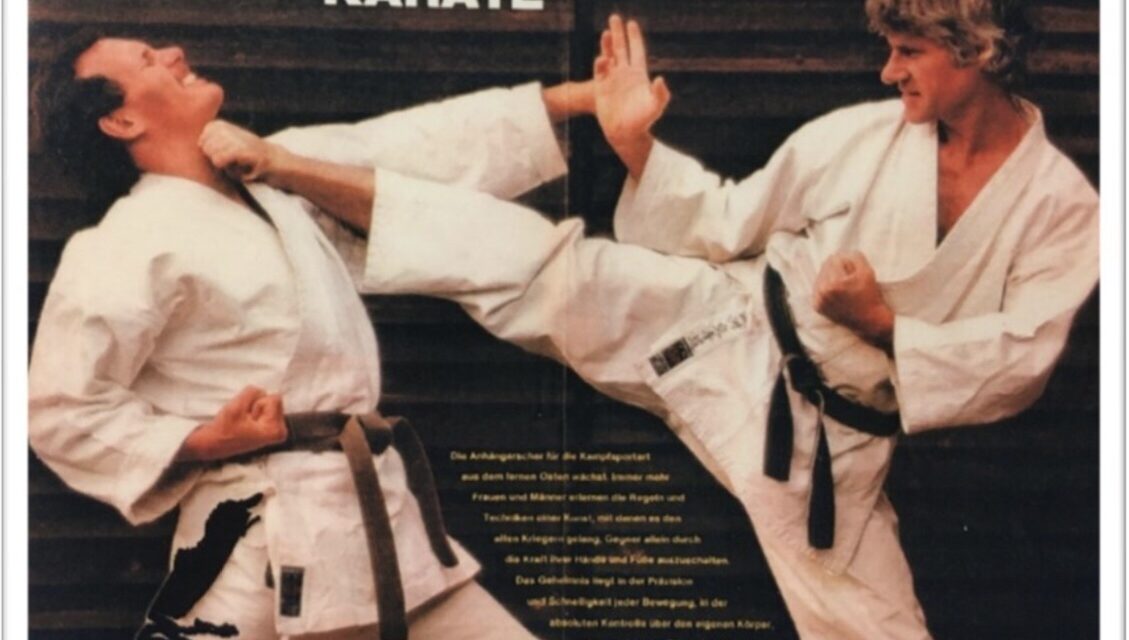

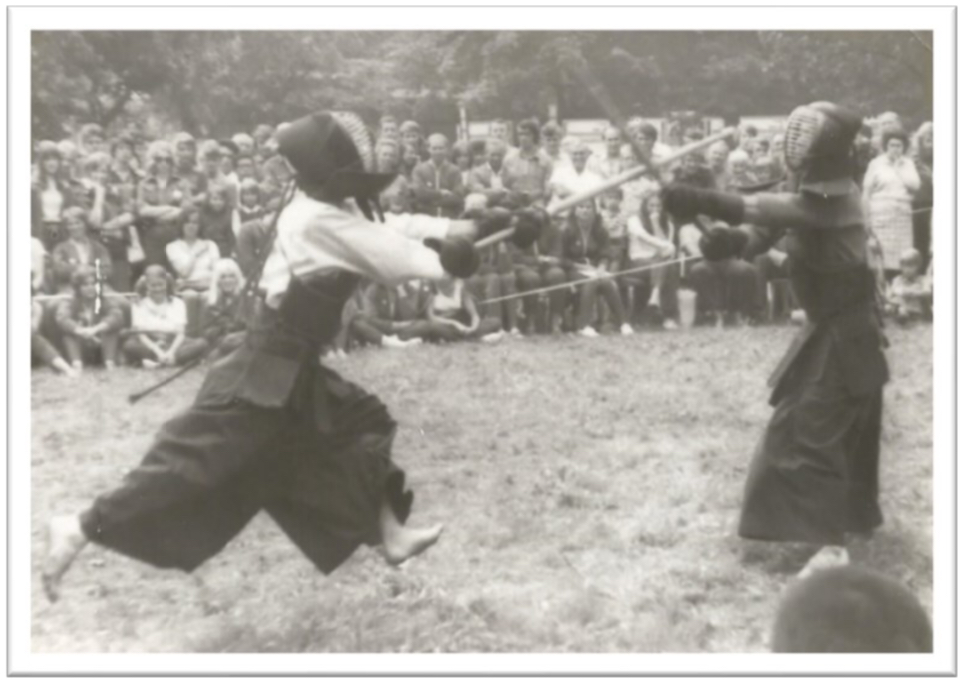


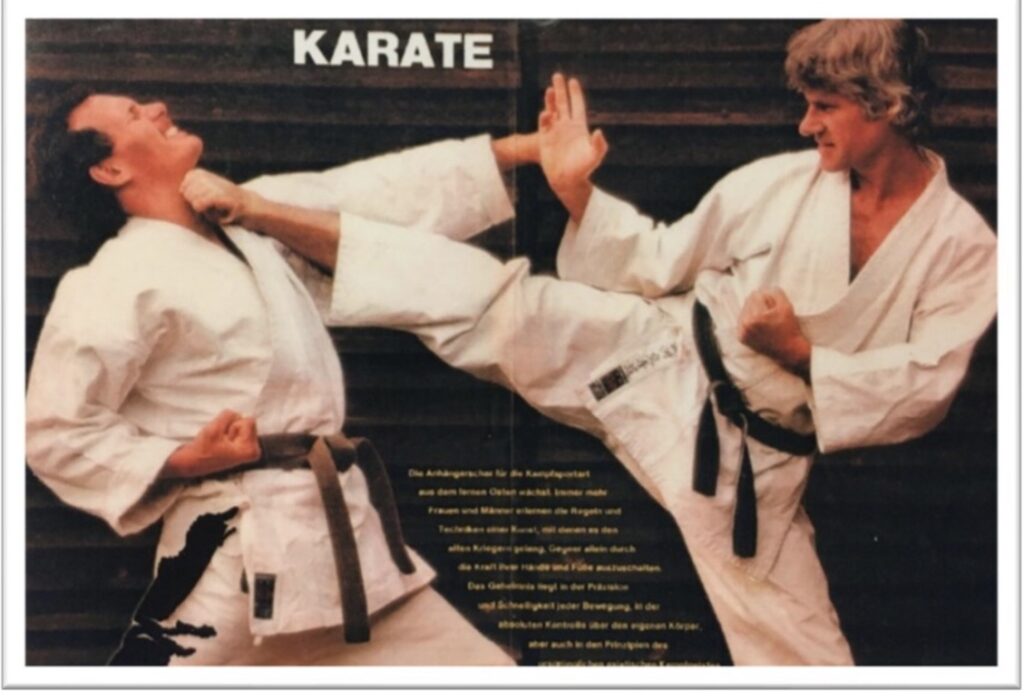
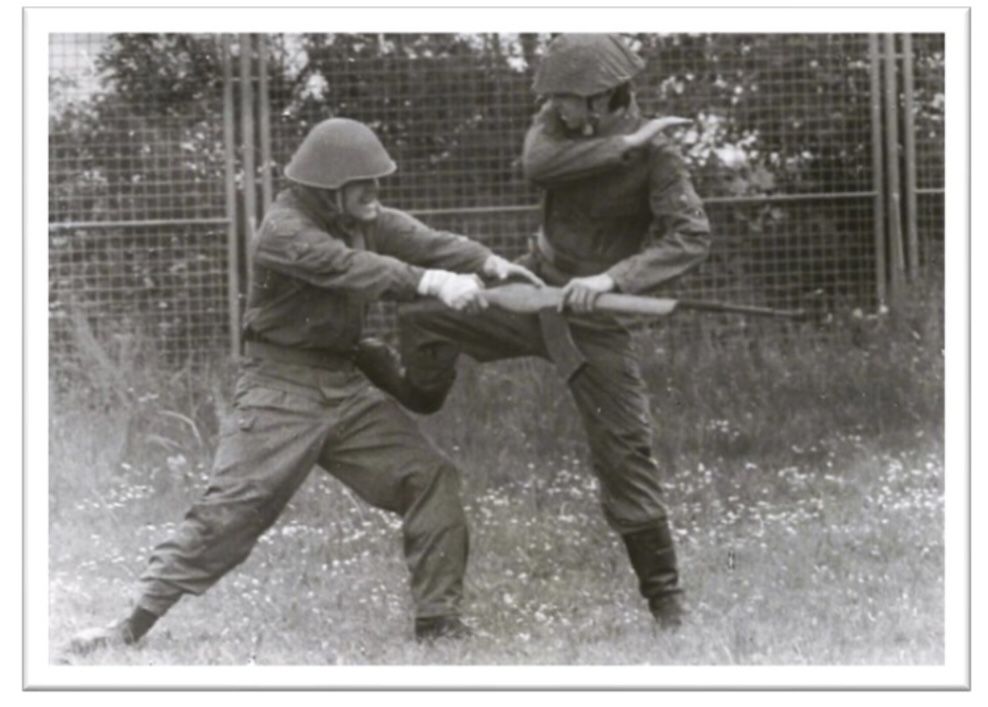

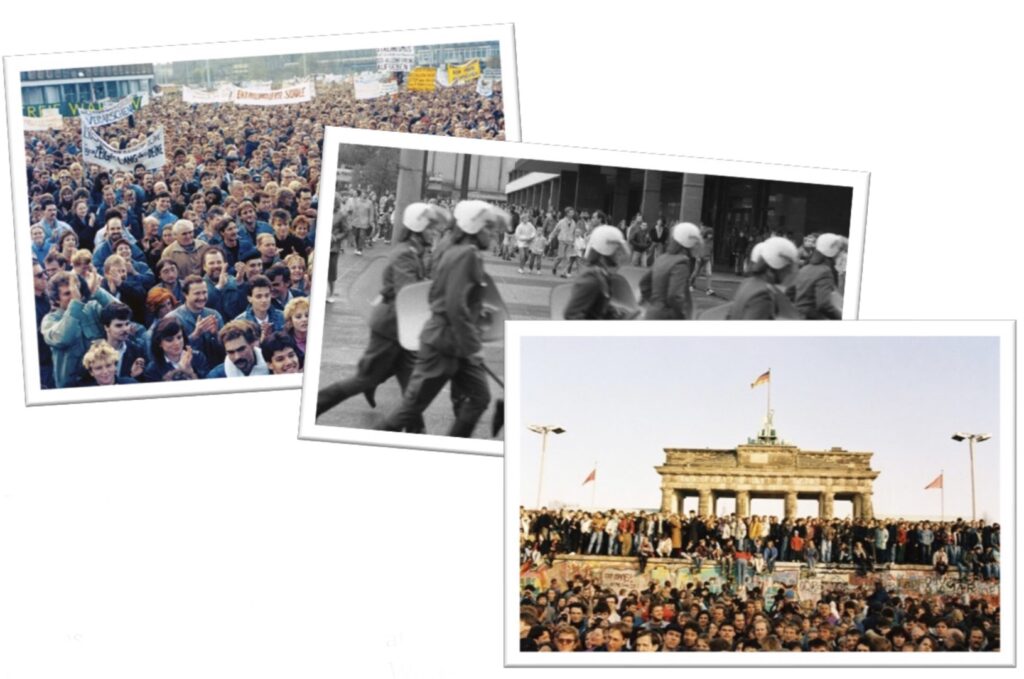
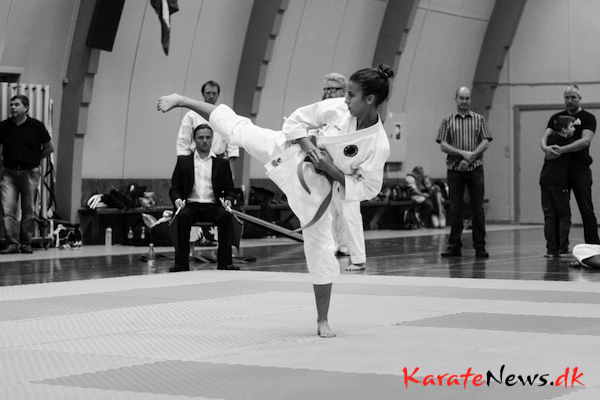


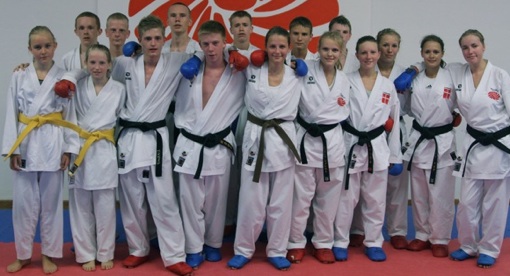





Seneste kommentarer